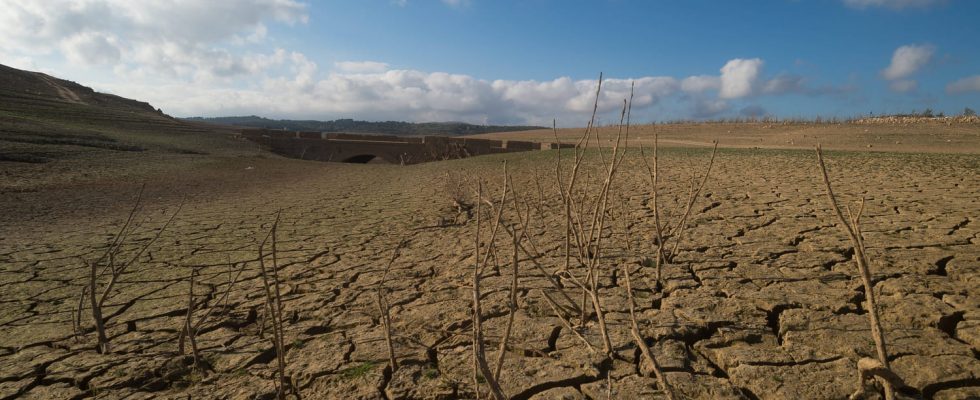Maligned, slaughtered for its fur and threatened, this animal is today an incredible asset against drought and for agriculture.
Although it appears today to be essential to ecosystems, this animal has not always gotten along well with humans, quite the contrary. The species even almost disappeared in the United States, due to being the victim of trapping and the trade in fur profit that resulted from it. For decades he was shot, poisoned and the mothers were even dynamited. All for one purpose : eradicate the species from its territory of origin and prevent it from affecting farmers’ land.
This animal, once threatened with extinction and today described as “nature’s firefighter”, is the beaver. “From the 1950s until this year, beavers have been recorded as predators in Oregon,” explains Jeff Baldwin, professor of geography at the University of Sonoma in California, who has published numerous studies on the subject. Clearly, in Oregon, “if an animal is a predator, you can kill it,” he summarized in the columns of the BBC. But everything has changed. A “believer in beaver” bill was passed in Oregon in 2023, changing the status of rodents: it is now illegal to kill them without a permit. A project viewed very negatively by local farmers, initially.
Once numbering between 100 and 200 million, beavers saw their global population plummet to fewer than 100,000 in the 20th century. Extinction seemed inevitable. But thanks to the fights of NGOs, government agencies are starting to take a new look, just like the public. “There are a lot of misconceptions about beavers, but that’s starting to change,” said Peggy Darr, who runs a nonprofit beaver reintroduction program in New Mexico. In public opinion, for example, the beaver attacks any type of tree, completely false information.
In reality, beavers are essential to ecosystems everywhere. LTheir construction of dams makes it possible to irrigate parched landscapes, to regulate the flow of water, but also to keep fires under control. Beavers create deep ponds by building dams, but they also dig long, thin channels that gradually spread water across landscapes. The slow flow of water gives the soil time to absorb it, which encourages both plant growth and wildlife to flourish, but also acts as a firebreak when the soil is wet. Additionally, beavers of the Wetlands provide habitat for other animals like otters, turtles or fish. In short, a formidable ally for agriculture in the face of drought.
Ecohydrologist Emily Fairfax studies how water interacts with the surrounding ecosystem. In particular, she examined aerial photos of Western states where significant forest fires and droughts have occurred. Amidst the chaos, green spots were visible. These were areas surrounded by beaver dams. Today, beavers are protected in France and in many European countries. The beaver population is estimated at 20 million individuals worldwide.
